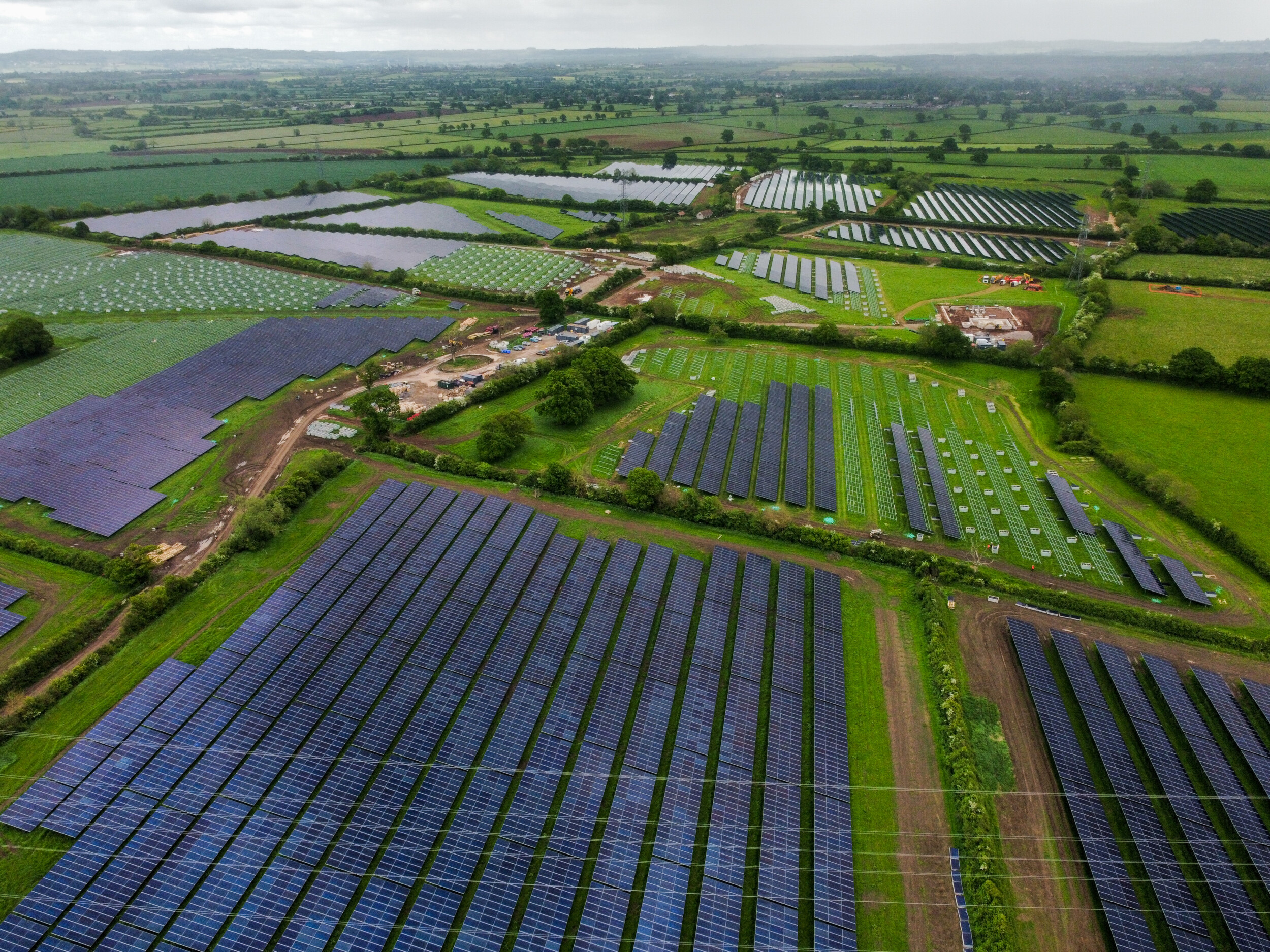We approached various landowners within close proximity of Iron Acton National Grid Substation to see whether they might be interested in renewable energy development opportunities with us.
Following these approaches, we met with the landowner of Lower Farm, Itchington in February 2020 (around 6 weeks before the first Covid lockdown). The landowner was a dairy farmer of a herd of around 150 cattle but had struggled for the last 15 years due mainly to bovine TB issues. This had led to difficult decisions and choices being made over the years about how to diversify to allow him and his family to stay on the farm that had been in the family for generations.
The landowner was keen but also sceptical about the opportunity that we were offering. He had been approached numerous times previously for other development proposals on his land but none had ever come to fruition due to other developers being unable to secure a viable grid connection. We demonstrated we had a secure, viable connection with National Grid and we started looking into planning and development options for the land.
We exchanged contracts on an option for lease of the land in around 12 weeks (and also exchanged contracts in relation to an option for easement for part of the cable route on neighbouring land) and were ready to submit our planning application to the LPA around 3 months later – this was validated with South Gloucester Council at the beginning of August 2020. The planning application was for the installation of renewable led energy generating station comprising ground-mounted photovoltaic solar arrays and battery-based electricity storage containers and associated works covering an area of around 260 acres in the Greenbelt.
The application was determined and decision notice granted at the beginning of January 2021 – less than 12 months from the first meeting with the landowner. The application received no objections from any local residents or statutory consultees during this time.
We completed the Lease and Easement in September 2021 and construction started soon after. On the whole the development went smoothly throughout the build process and the contractors managed to find themselves working through one of the driest winters that the landowner had seen for 40 years. There were times during the construction process where problems arose but we managed to effectively resolve these so as to not impact the overall development timeline. The connection into National Grid was completed with us working closely with National Grid on both their operational and non-operational land to ensure there was no impact on the day to day running of the 132kV substation site. Whilst the final stages of the connection took place with National Grid at their substation, the site was also completed and testing finalised to ensure the connection of the UK’s first collocated solar PV and battery storage development to the National Grid transmission network.
